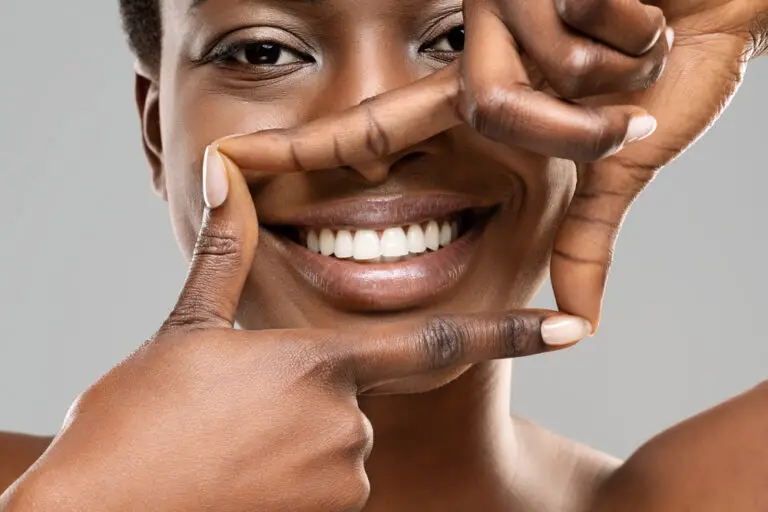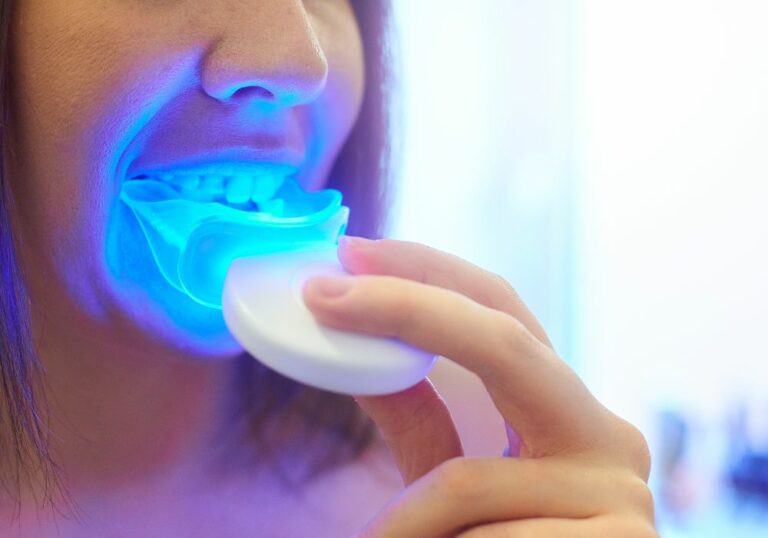If you’re considering getting braces, you may be wondering if they can be put on any teeth. The short answer is yes, but there are some factors to consider. In general, braces can be used to correct a wide range of dental issues, including crooked teeth, overcrowding, and bite problems. However, the specific type of braces you need may depend on your individual situation.
Metal braces are the most common type of braces and can be used to correct a variety of dental issues. They are made of metal brackets that are attached to your teeth and connected with wires. While they are effective, metal braces can be noticeable and may not be ideal for everyone. If you’re looking for a more discreet option, clear braces or lingual braces may be a better choice. Clear braces are made of clear or tooth-colored materials, while lingual braces are attached to the back of your teeth, making them virtually invisible.
Understanding Braces
What Are Braces?
Braces are dental appliances used to correct teeth alignment issues. They consist of brackets, wires, and bands that apply gentle pressure to the teeth to move them into the desired position. Braces are typically used to correct issues such as overcrowding, gaps, and crooked teeth.
Braces can be used by people of all ages, but they are most commonly used during adolescence when the teeth and jaw are still developing. However, adults can also benefit from braces to correct alignment issues.
Types of Braces
There are several types of braces available, including:
- Traditional metal braces: These are the most common type of braces and consist of metal brackets and wires. They are very effective at correcting alignment issues, but they are also the most noticeable type of braces.
- Ceramic braces: These are similar to traditional metal braces, but the brackets are made of clear or tooth-colored ceramic material. They are less noticeable than metal braces but can be more fragile.
- Lingual braces: These are similar to traditional metal braces, but the brackets are attached to the back of the teeth instead of the front. They are virtually invisible from the front but can be more difficult to clean.
- Clear aligners: These are a series of clear, removable trays that gradually shift the teeth into the desired position. They are virtually invisible and can be more comfortable than traditional braces, but they may not be as effective for severe alignment issues.
Your orthodontist will help you choose the best type of braces for your specific needs and preferences. They will also provide instructions on how to care for your braces and what to expect during the treatment process.
Eligibility for Braces
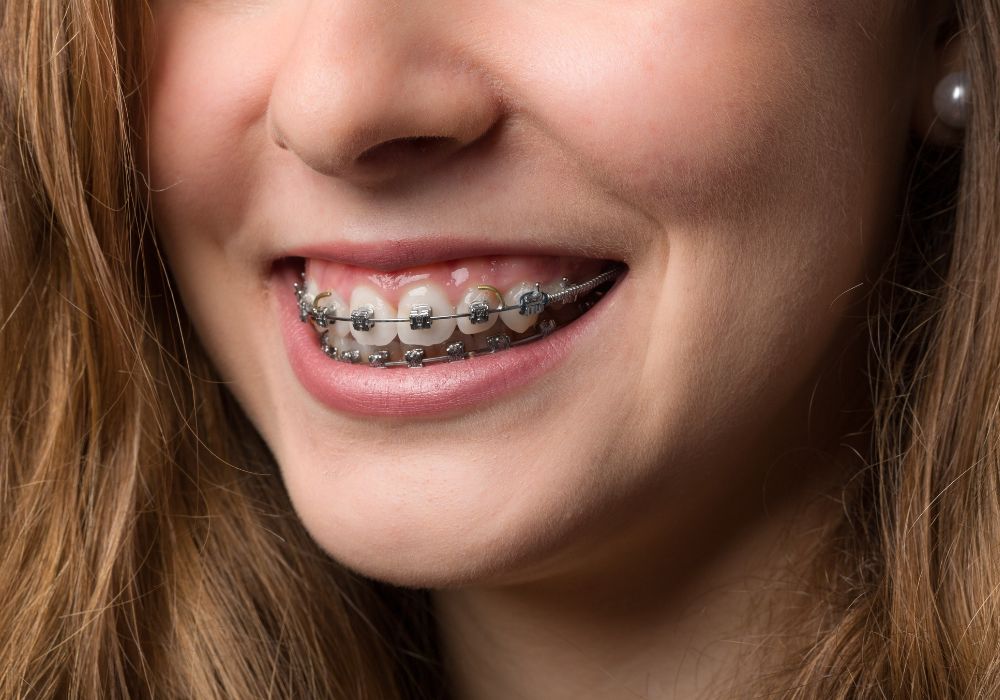
When it comes to getting braces, not everyone is eligible. There are certain factors that need to be considered before you can get braces. In this section, we will discuss the two main factors that determine eligibility for braces: age and oral health condition.
Age Factor
Age is an important factor when it comes to getting braces. Generally, children between the ages of 8 and 14 are the best candidates for braces. This is because their teeth and jaws are still developing, and it is easier to correct any issues at this stage. However, this does not mean that adults cannot get braces. In fact, there is no upper age limit for getting braces.
Oral Health Condition
Your oral health condition is another important factor that determines your eligibility for braces. Before you can get braces, your orthodontist will examine your teeth and gums to ensure that they are healthy enough for the treatment. If you have any issues such as gum disease or tooth decay, these will need to be addressed before you can get braces.
In addition to this, there are certain dental issues that may make you ineligible for braces. For example, if you have missing teeth, your orthodontist may recommend that you get dental implants or bridges before getting braces. This is because braces can cause the remaining teeth to shift and create gaps where the missing teeth used to be.
Overall, if you are considering getting braces, it is important to consult with an orthodontist to determine your eligibility. They will be able to assess your individual situation and recommend the best course of action for you.
Process of Getting Braces
If you’re considering getting braces, you may be wondering what the process entails. Here’s what you can expect:
Initial Consultation
The first step in getting braces is to schedule an initial consultation with an orthodontist. During this visit, the orthodontist will examine your teeth and take x-rays and photographs of your mouth. They will then create a treatment plan tailored to your specific needs.
The orthodontist will also discuss the different types of braces available to you and help you choose the best option for your situation. They will also go over the cost of treatment and any insurance coverage you may have.
Application of Braces
Once you’ve decided to move forward with treatment, the next step is to have the braces applied. This typically takes one to two hours.
First, the orthodontist will clean and dry your teeth. They will then apply a bonding agent to each tooth and attach the brackets to the teeth using dental cement. Once the brackets are in place, the orthodontist will thread the archwire through the brackets and secure it with elastic bands.
If you’re getting ceramic braces, the process is similar, but the brackets are made of a tooth-colored material that blends in with your teeth.
Adjustment Period
After the braces are applied, you will need to return to the orthodontist for periodic adjustments. During these appointments, the orthodontist will tighten the archwire to gradually move your teeth into the desired position.
You may experience some discomfort or soreness after each adjustment, but this should subside within a few days. It’s important to follow your orthodontist’s instructions for caring for your braces and to avoid eating hard or sticky foods that could damage them.
Overall, the process of getting braces can take several months to a few years, depending on your individual needs. But with proper care and regular adjustments, you can achieve a beautiful, healthy smile.
Benefits of Braces
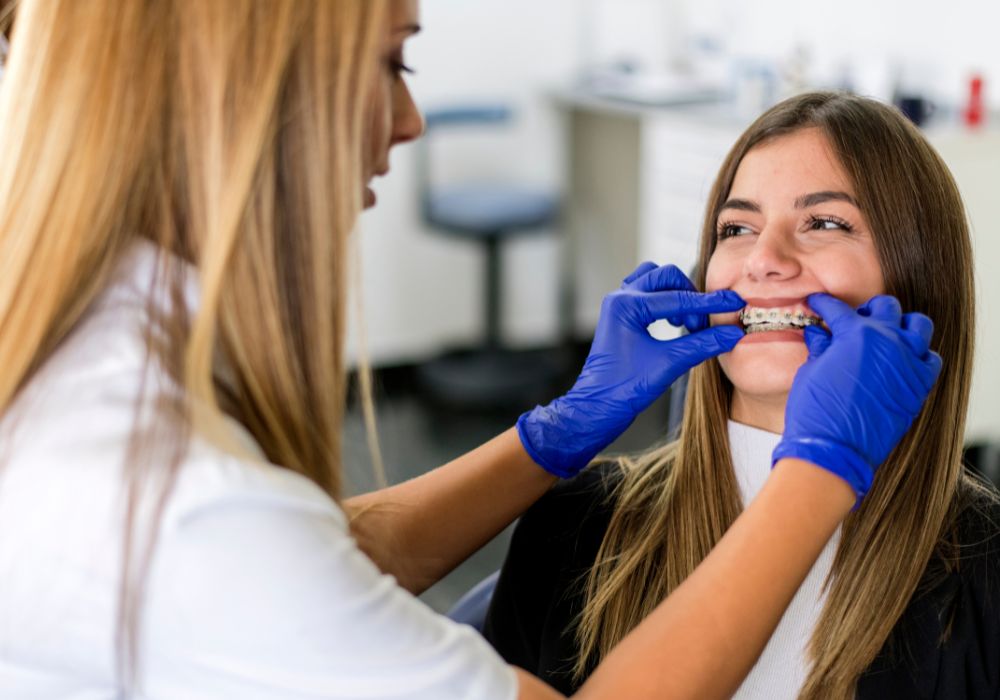
Braces are orthodontic devices that are used to correct a wide range of dental issues. They are designed to straighten teeth, improve your bite, and enhance your overall oral health. Here are some of the benefits of braces:
- Improved Oral Health: Braces can help prevent gum disease and tooth decay. When your teeth are properly aligned, it is easier to brush and floss, which helps remove plaque and bacteria from your teeth and gums.
- Better Bite: Braces can help correct bite problems, such as overbite, underbite, and crossbite. These issues can cause pain and discomfort, and can even lead to jaw problems in the long run.
- Enhanced Appearance: Braces can help improve the appearance of your smile, boosting your self-confidence and self-esteem.
- Reduced Risk of Damage: Braces can help reduce the risk of damage to your teeth. When your teeth are properly aligned, they are less likely to be chipped, cracked, or broken.
- Improved Speech: Braces can help improve your speech by correcting issues such as lisping or slurring.
- Better Nutrition: Braces can help improve your nutrition by allowing you to properly chew your food. This can help you digest your food more efficiently, which can improve your overall health.
Overall, braces can provide numerous benefits for your oral health and overall well-being. If you are considering braces, talk to your orthodontist to determine the best treatment plan for your needs.
Potential Risks and Complications
When it comes to orthodontic treatment, there are some potential risks and complications associated with wearing braces. While most patients experience no serious issues, it’s important to be aware of the possible risks so you can take steps to minimize them.
Discomfort and Pain
One of the most common side effects of braces is discomfort and pain. It’s not uncommon to experience soreness or tenderness in your teeth and gums after getting braces, and this can last for several days or even weeks. You may also experience some discomfort after each adjustment appointment.
To manage the discomfort, you can try taking over-the-counter pain relievers like ibuprofen or acetaminophen. You can also use orthodontic wax to cover any brackets or wires that are causing irritation.
Oral Hygiene Challenges
Another potential complication of braces is difficulty maintaining good oral hygiene. The brackets and wires can make it harder to brush and floss effectively, which can lead to plaque buildup and tooth decay.
To prevent these issues, it’s important to be diligent about your oral hygiene routine. Brush your teeth at least twice a day, and floss daily to remove any food particles or plaque from between your teeth. You may also want to consider using an interdental brush or water flosser to clean around your brackets and wires.
In addition to these challenges, there are some other potential risks associated with braces, including:
- Tooth decay or gum disease if oral hygiene is not maintained
- Infection at the site of the brackets or wires
- Allergic reaction to the metal or other materials used in the braces
- Damage to the teeth or gums if the braces are not placed or adjusted correctly
It’s important to discuss these risks with your orthodontist before getting braces, and to follow their instructions for care and maintenance throughout your treatment. With proper care, you can minimize the risks and enjoy a straighter, healthier smile.
Caring for Braces
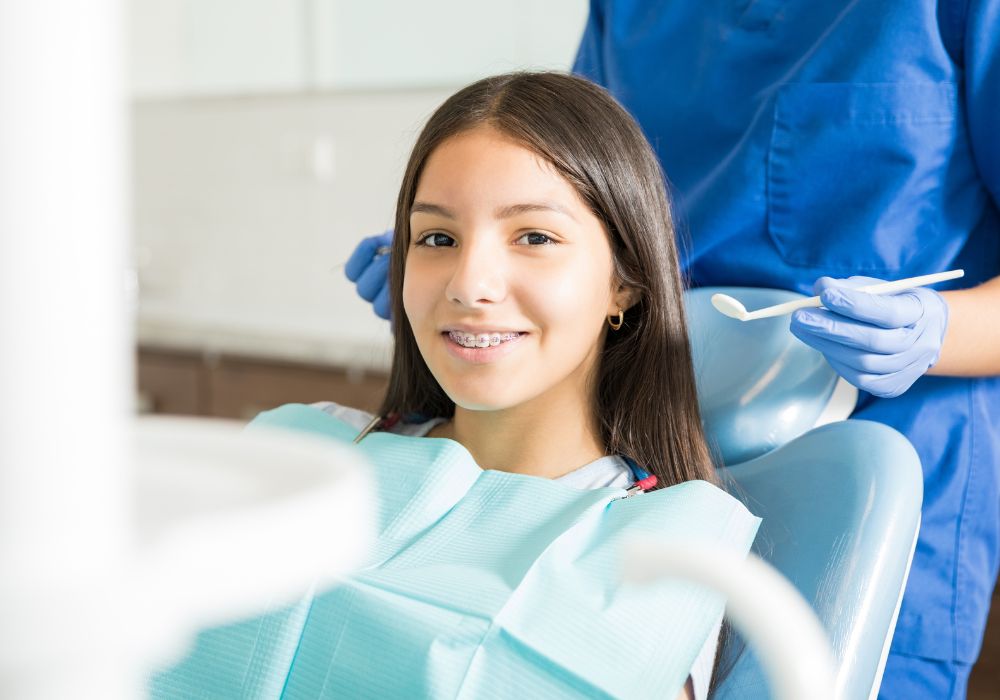
When you get braces, it’s important to take good care of them to ensure they work effectively and you maintain good oral health throughout the treatment. Here are some tips to help you care for your braces:
Dietary Adjustments
You’ll need to make some dietary adjustments to avoid damaging your braces. Here are some foods to avoid:
- Hard foods: such as nuts, hard candy, and popcorn kernels can damage your braces.
- Sticky foods: such as chewing gum, gummies, and caramel can get stuck in your braces and be difficult to remove.
- Sugary and acidic foods: such as soda, sports drinks, and fruit juice can cause tooth decay and damage the enamel on your teeth.
Instead, focus on eating soft and healthy foods like:
- Cooked vegetables and fruits
- Soft bread and pasta
- Dairy products like yogurt and cheese
- Lean protein like chicken and fish
Oral Hygiene Routine
Maintaining a good oral hygiene routine is essential when you have braces. Here are some tips to help you keep your teeth and braces clean:
- Brush your teeth at least twice a day for two minutes each time. Use a soft-bristled brush and fluoride toothpaste.
- Floss at least once a day using a floss threader to get under the wires of your braces.
- Use an interdental brush to clean between the brackets and wires of your braces.
- Rinse your mouth with an antiseptic mouthwash to kill bacteria and freshen your breath.
- Visit your orthodontist regularly for check-ups and adjustments.
By following these tips, you can ensure that your braces work effectively and you maintain good oral health throughout your treatment.
Frequently Asked Questions
Can you get braces on only a few teeth?
Yes, you can get braces on only a few teeth. This is called partial braces or limited braces. Partial braces are often used to fix minor issues, such as correcting a small gap or straightening a single tooth.
Is it possible to get braces on just the bottom teeth?
Yes, it is possible to get braces on just the bottom teeth. This is called lower arch braces. Lower arch braces are often used to correct issues with the bottom teeth, such as overcrowding or crookedness.
How much does it cost to get braces on only the bottom teeth?
The cost of getting braces on only the bottom teeth varies depending on the severity of the issue and the type of braces used. On average, lower arch braces cost around $2,000 to $5,000.
Will I need to get braces on both my top and bottom teeth?
Whether you need braces on both your top and bottom teeth depends on your specific orthodontic issues. In some cases, only one arch may need braces, while in others, both arches may need treatment.
What is the typical age range for getting braces?
The typical age range for getting braces is between 9 and 14 years old. This is because during this time, the jaw is still growing, making it easier to correct orthodontic issues. However, braces can be used at any age to straighten teeth.
How long do I have to wait to get braces on my bottom teeth after getting them on the top?
The length of time you have to wait to get braces on your bottom teeth after getting them on the top depends on your orthodontic treatment plan. In some cases, both arches may be treated at the same time, while in others, there may be a waiting period to allow the top teeth to move into the correct position before starting treatment on the bottom teeth. Your orthodontist will be able to provide you with a more specific timeline.





